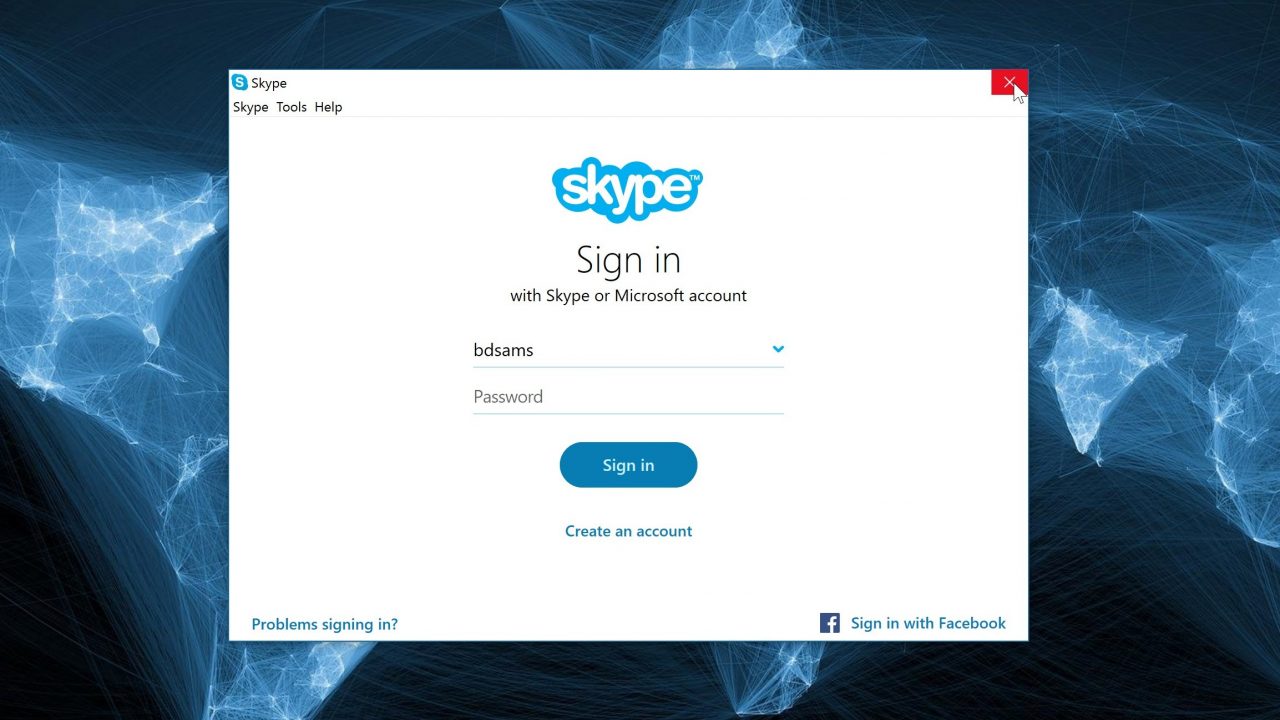Skype, Microsoft’s communication platform that is widely used around the globe and has hundreds of millions of users, has been in a rut. For the past few years, the service has jumped around to different types of applications and has also been slowly moving away from a P2P model to a cloud based solution that resulted in a less-than-favorable user experience.
It’s the move to the cloud that has resulted in unwanted experiences and this month, I had a chance to talk to Gurdeep Pall, the Corporate Vice President of Skype, to learn more about the transition, the future of Skype and how the team is evolving to make sure that the platform is on a path to prosperity instead of decline.
The story truly begins all the way back in the days of Windows 7 where Skype was a traditional desktop application, then with Windows 8 a modern app was developed and with the move to Windows 10, three separate UWP apps were created and then abandoned in favor of the desktop app and now we once again have a new UWP app that encompasses all of the desktop app features in a modern application. The new UWP desktop app will soon replace the desktop app on Windows 10 which means the service has built, abandon, rebuilt and abandon several types of applications.
When talking with Pall, he acknowledged that Skype has been following the path of Microsoft’s new design languages and frameworks and that it did result in some loss of development time as they pursued the themes that Microsoft was pushing during the respective timeframes. But, with the new UWP app released last week, this is Skype’s future and he is confident that as the team moves forward, Skype will once again become the premier communication tool in the industry that Microsoft set to establish when they purchased the software back in 2011.
It’s not a secret that earlier this year Skype was going through a rough time. I wrote about how the bugs introduced in recent updates were making the platform unusable and Pall was forthcoming in acknowledging that he should have been faster in communicating Microsoft’s plans and the reasoning behind the issues.
As you have hopefully noticed, the major issues have been fixed and while there are still a few bugs that are present, Skype is at least stable again and usable on a daily basis.
So what was the problem? Skype is in the process is moving its entire infrastructure to the cloud and deprecating its P2P applications. The good news here is that this will allow the service to innovate at a faster rate; the bad news is that support for some applications will have to be cutoff from the service in order to move forward.
Skype applications are everywhere, from mobile phones, on your PC, and there are quite a few TVs and consoles that have the application as well. But, going forward, some of those apps will no longer be supported because as Pall put it, Microsoft may not have a means of updating the app if a vendor is not willing to push out the bits in isolated scenarios where Skype is built into a television. So, to make life better for the vast majority of its users, the company will be only supporting the applications that work with its updated framework (non-p2p) and you can check out what devices this includes, here.
If you are having issues currently with Skype, it’s important to make sure you are running the latest version of the application. There were threads going around during the darker days that stated running older versions of Skype would help resolve the issue locally, when in reality, it was amplifying the problem for Microsoft. And I asked Pall about improving change-logs to which he said that for the UWP app, his team would make a better effort of notifying users of what had changed in each new version.
In short, the issues with Skype that we have seen over the past few months have been related to the transition to a cloud based infrastructure. While the service is not completely moved to the cloud of as yet (this should be completed in the next few months), the team is well on their way to finally removing its legacy P2P infrastructure which Pall says will release his team to move faster without having to worry about the distant past.




